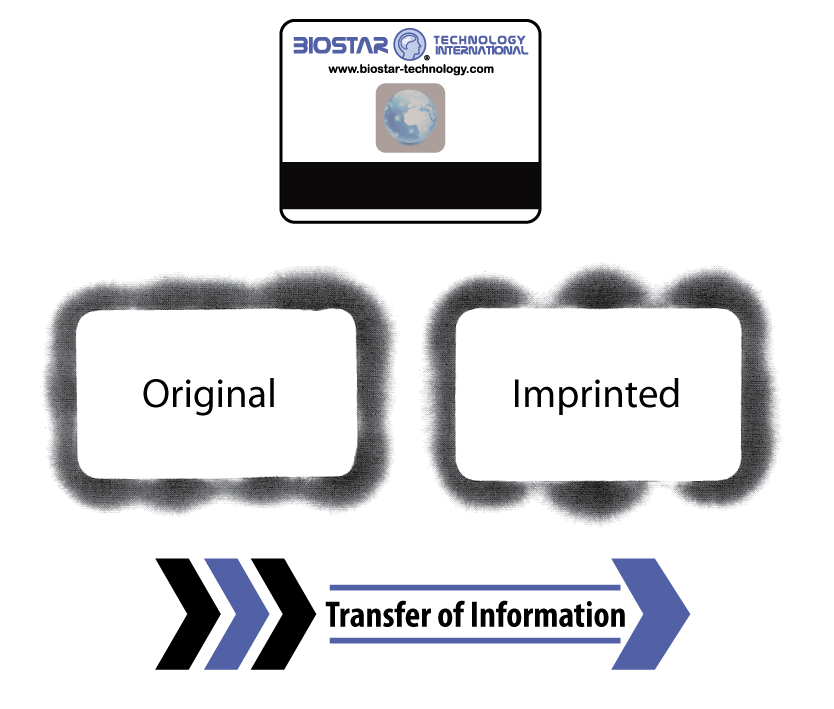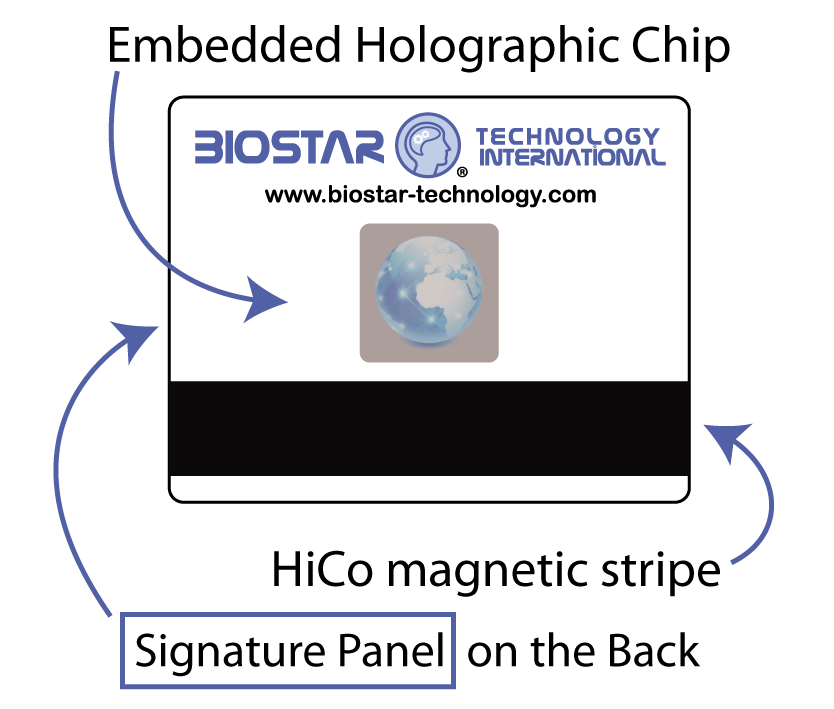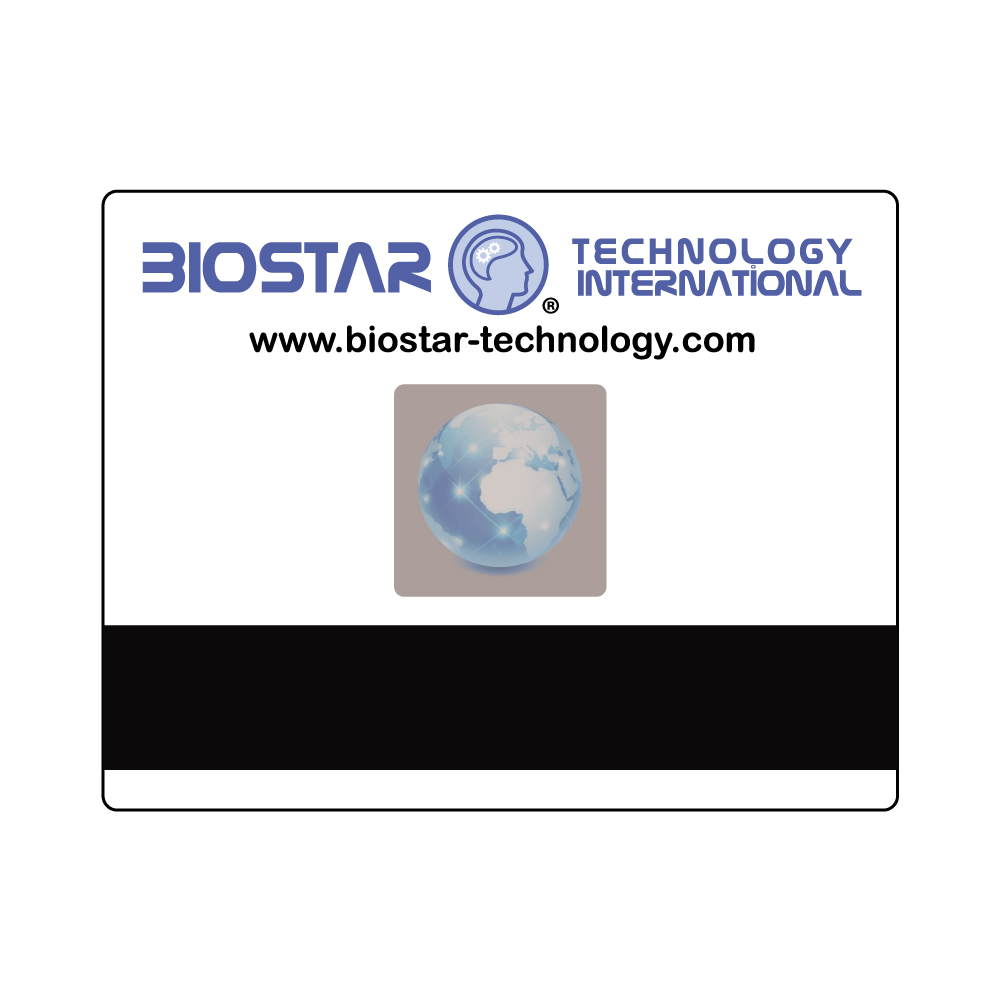| In order to make it possible to achieve permanent storage of radionics information - and thus to simplify therapy - as long ago as 1987, Bruce Copen Laboratories introduced a new technology in the field of radionics and electronic homeopathy: the EECS Electronic Encoded Card System. On an EECS card, in much the same way as on a computer diskette, you can store all information employed in radionics. This information can be the data for a patient specimen, data for a complex homeopathic remedy or a balancing program. On one card, you can store combinations of different remedies or rates and cancel them at any time. The storage process takes no more than 10 seconds. The EECS cards enable a simple form of pocket therapy which can be used by anyone. In daily practice, the EECS represents a considerable time-saving and you will soon find it indispensable. You can also use to transfer you witness rate, for use in other classic systems. Biostar EECS Cards can be imprinted by all Bio resonance Devices that outputs:- Magnetic
- Biophoton (light)
- Electromagnetic
 Embedded Holographic Chip – What Does it Mean and What’s the Difference? Embedded Holographic Chip – What Does it Mean and What’s the Difference?
The EECS cards comes with an Embedded Holographic Chip, a revolutionary new technology using tried and effective homeopathic treatments devised over the past decade. The Embedded Holographic Chip effectively are programmed by the Bio Resonance device, which when applied to natural bio-magnetic field surrounding the body, causing minute positive disruptions of the bio-field and causing the body to balance its own energies. When the Embedded Holographic Chip is applied to specific acupuncture area, information can be transfer to the more localized area, depending on the programed information of the EECS Card and the related placement.
The EECS Card is designed to interact with the bio-magnetic sheath around the physical body in a combination of ways that have been demonstrated for thousands of years to work effectively to improve life. EECS Cards are simple to wear on the body or clothing and are totally non-invasive and without any chemical component.
The EECS Cards can hold a combinations of homeopathy, colors, signs, symbols and essences or aroma, and additionally can be placed along sensitive acupuncture meridian points, for added positive bioenergetic responses.  HiCo Magnetic Stripe – What Does it Mean and What’s the Difference?The EECS has a HiCo magnetic stripe is a type of card capable of storing data by modifying the magnetism of tiny iron-based magnetic particles on a band of magnetic material on the card. The magnetic stripe, sometimes called swipe card or magstripe, is read by physical contact. HiCo stands for high-coercivity and LoCo stands for low-coercivity. Coercivity refers to the magnetic material’s resistance to becoming demagnetized – therefore, HiCo and LoCo represent different standards of card durability and security. Coercivity is usually measured in Oersted (Oe) units to denote the magnetic stripe’s strength or intensity. High-coercivity (HiCo) stripes are magnetically harder, while low-coercivity (LoCo) stripes are magnetically softer. Our EECS uses a HiCo mag stripe and can run as high as 4000 Oe; however, a 2750 Oe is common for most HiCo cards. In contrast, LoCo cards are 300 Oe. LoCo is best suited for cards used infrequently and/or where data is routinely changed, such as with hotel key cards. HiCo cards are best for cards used frequently and that are expected to have a long life. Most credit cards use at least 2,750 Oe and are considered HiCo. |

 Embedded Holographic Chip – What Does it Mean and What’s the Difference?
Embedded Holographic Chip – What Does it Mean and What’s the Difference?